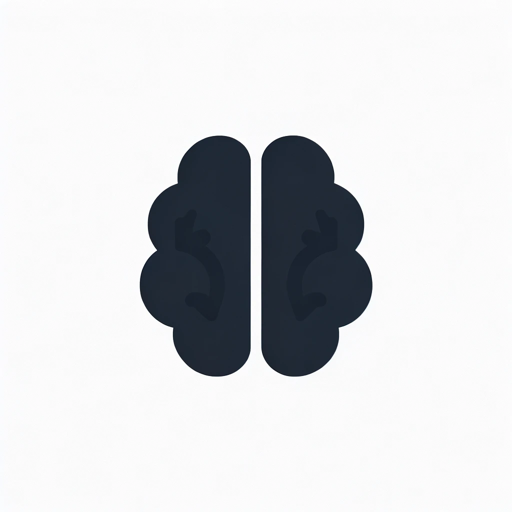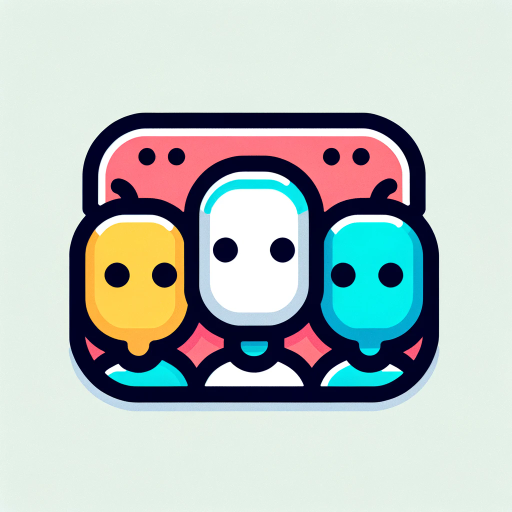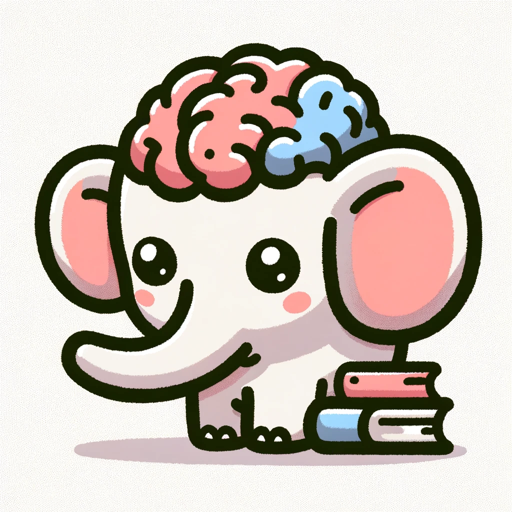Jung Mind-AI-powered Jungian psychology insights
Explore your unconscious with AI-powered insights.
Related Tools
Load More
원영적 사고
어떤 상황에서든 원영적 사고로 바꿔드립니다 🍀 럭키비키 🍀 만든 이유는 인스타에 👉🏻 @soco_pie_

Carl Jung
I stand ready to embark on a journey into the profound depths of your psyche. Shall we begin?

The Mind Decoder (Psychology)
Ultimate Explainer for Psychological Manipulation Concepts and Tactics. Learn about your own Weaknesses and Biases and about how Others try to fool you, whether it's BigOil Propaganda, Russian Disinformation or Political Populism.

Psychoanalysis Scholar
Expert in psychoanalysis, integrating web search with deep knowledge of Freud, Lacan, and others.
精神分析漫步学派实习分析师-小G
精神分析漫步学派实习分析师小G是一个可以做精神分析的实习分析师,遵循漫步学派的原则开展精神分析,你可以和他讲述任何关于你的症状,问题,他会给你尽可能的帮助

Mr Psych
Expert in psychology, adept at explaining concepts to diverse age groups.
20.0 / 5 (200 votes)
Understanding Jung Mind
Jung Mind is a specialized, AI-driven conversational platform rooted in the principles of Carl Jung’s psychological theories, especially those pertaining to the collective unconscious, archetypes, and the individuation process. Its purpose is to provide users with deep, reflective insights by applying Jungian psychology to self-exploration, personal growth, and creativity. This platform integrates various analytical and creative tools, enabling users to navigate personal development, understand subconscious drives, and engage in symbolic interpretation of life’s challenges. It is designed to act as a mirror for self-awareness, combining practical psychological tools with imaginative exploration. For example, a user may use Jung Mind to delve into recurring dream symbols through dream analysis. By interpreting these symbols using archetypal frameworks (e.g., shadow, anima/animus), the user gains clarity on unresolved inner conflicts or unconscious desires. In another scenario, Jung Mind may guide someone through active imagination to communicate with internal archetypal figures, facilitating personal insights that fuel the individuation process.

Core Functions of Jung Mind
Dream Analysis
Example
A user shares a recurring dream about being chased by an unknown figure. Jung Mind helps analyze this through the lens of the Shadow archetype, uncovering that the dream reflects repressed aspects of the user’s personality.
Scenario
This function is useful when individuals face recurring dreams or emotional nightmares and want to understand the deeper psychological messages their unconscious is sending them.
Active Imagination
Example
A user engages with Jung Mind to facilitate an internal dialogue with a recurring figure in their imagination, such as a wise elder or mysterious stranger. The dialogue provides insights into a problem they’re currently facing at work.
Scenario
Active imagination is often used in scenarios where individuals are stuck creatively or emotionally and need a way to communicate with their unconscious mind to unlock hidden solutions.
Symbol Interpretation
Example
After encountering the same symbol (a snake) in a personal situation and a movie, a user seeks symbolic interpretation through Jung Mind. The platform explains the snake as a transformation symbol related to rebirth, leading the user to connect this symbol to a recent life change they’ve been processing.
Scenario
This function is ideal for users who encounter recurring symbols or motifs in their daily life and want to interpret their meaning in a psychological and personal context.
Ideal Users of Jung Mind
Individuals Seeking Personal Growth
This group includes individuals interested in self-awareness, personal development, and healing. They benefit from Jung Mind by gaining insights into their unconscious motivations, resolving internal conflicts, and facilitating their individuation process. Jung Mind helps them understand their dreams, archetypal patterns, and symbolic experiences for better emotional health and life direction.
Creative Professionals and Thinkers
Artists, writers, and creative professionals seeking to deepen their understanding of inspiration and creativity find Jung Mind particularly useful. By tapping into archetypal imagery and symbols from the collective unconscious, they can enhance their work's depth, discover new creative avenues, and engage with their inner psyche in ways that inspire innovation.

How to Use Jung Mind
1
Visit aichatonline.org for a free trial without login, no need for ChatGPT Plus. Access Jung Mind's core functionalities without any subscription.
2
Familiarize yourself with the modes: Explore various modes such as Guided Meditation, Dream Analysis, and Symbol Interpretation to find the one that best suits your needs.
3
Input your query: Be specific about what you want to explore, whether it’s a personal question, a dream interpretation, or deeper exploration of archetypes and the unconscious mind.
4
Interpret and reflect: After receiving a detailed response, take time to reflect on the symbolism and patterns provided to gain insight into your unconscious thoughts.
5
Repeat for deeper insights: Use the tool regularly to deepen your understanding of your own unconscious mind and to facilitate the process of individuation.
Try other advanced and practical GPTs
GTA5 Character Creator
AI-powered, next-level GTA5 character creation.

Next.js Super Engineer
AI-powered support for Next.js developers

"Lia" Legal Insight Analyst
AI-driven legal research and case analysis.
マルチロールディスカッション
AI-powered multi-role discussions for diverse insights.

Safe Haven Emergency Advisor
AI-powered emergency advisor for real-time safety

Mindmap Creator Copilot 🧠
AI-powered mindmap creation.
Nuanced English Translator
AI-Powered Translator for Natural English

一人TRPG体験テスト
AI-powered solo RPG with dynamic storytelling

Memorized
Enhance your memory with AI

Nigerian Pidgin English Translator
AI-powered Pidgin to English Translation

Tarot Master
AI-Powered Tarot Card Readings

SourceCodeAnalysis.GPT
AI-Powered Source Code Insight

- Personal growth
- Dream Analysis
- Self-Realization
- Symbolism Exploration
- Archetype Understanding
Jung Mind Q&A
What is Jung Mind and how does it work?
Jung Mind is an AI-driven tool inspired by Jungian psychology, designed to help individuals explore their unconscious mind. Through modes like Dream Analysis and Symbol Interpretation, users can reflect on archetypes and symbols for personal growth and self-realization.
Can I use Jung Mind without a subscription?
Yes, Jung Mind offers free access through aichatonline.org, allowing users to explore its full potential without needing a paid subscription or ChatGPT Plus.
How does Jung Mind assist in the individuation process?
Jung Mind supports individuation by helping users uncover and integrate unconscious aspects of their psyche. Through exploration of archetypes, dreams, and symbols, it promotes self-awareness and personal growth.
What are the main use cases of Jung Mind?
Jung Mind is widely used for dream analysis, introspection, self-realization, exploring archetypes, and understanding symbolism in daily life. It helps individuals gain insights into their deeper psyche.
Are there any prerequisites to using Jung Mind effectively?
No specific prerequisites are required, but having an openness to introspection and a basic understanding of Jungian concepts like archetypes, the shadow, and individuation can enhance the experience.